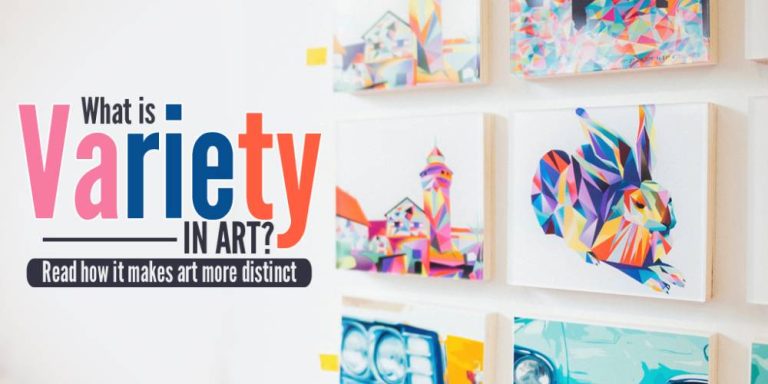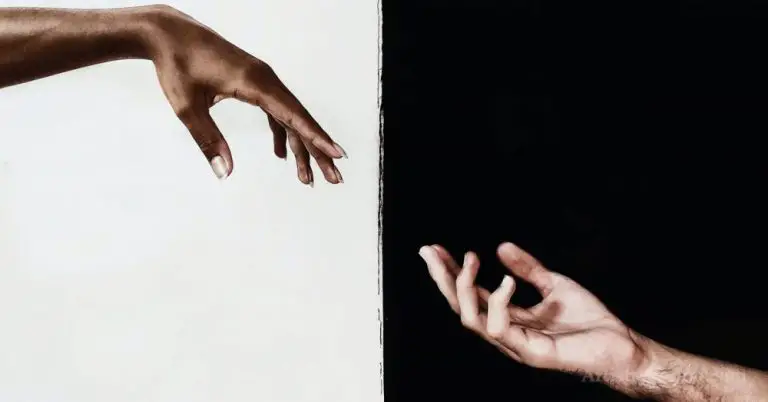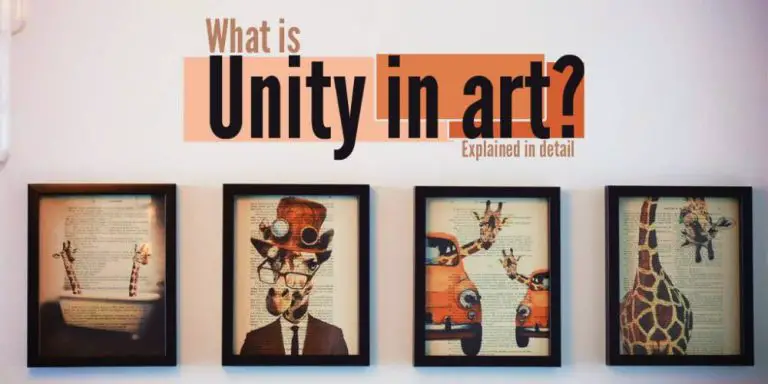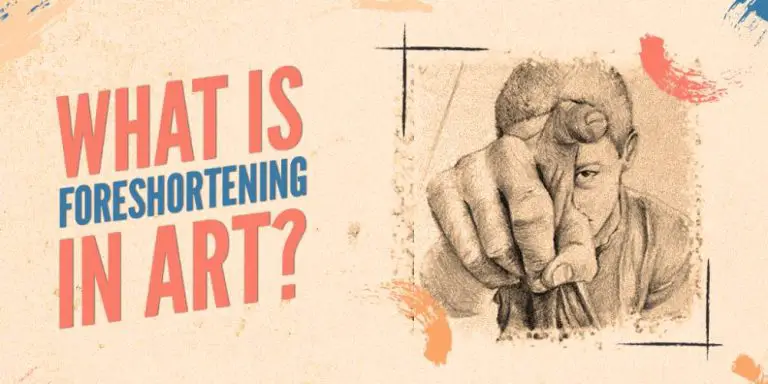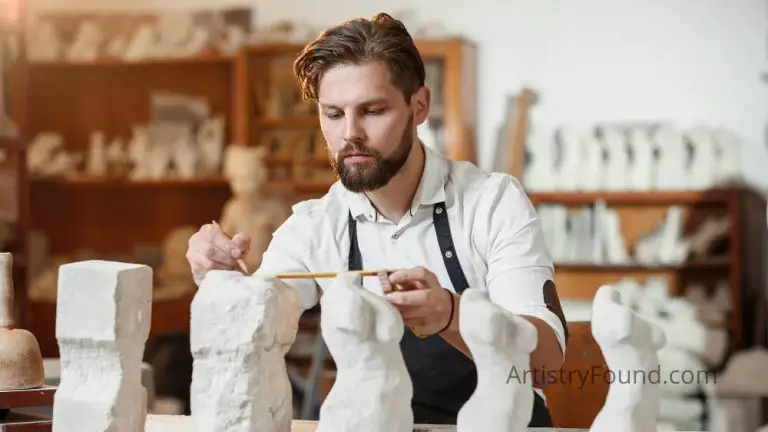Composition in Art: What’s its Common Purpose?
Composition is one of the principles of art that new artists often find a bit difficult to understand. However challenging it may be, it’s one of the most essential things a budding artist needs to know. Before you can be confident with your art skills, you should be able to answer the question: What is the most common purpose for composition in art?
An artist uses composition to guide a viewer’s eye through an artwork to highlight the most important parts. Proper use of composition creates a visual roadmap that the human mind uses subconsciously to look at a work of art. It brings all the elements in an art piece together to tell a story.
This article will explain composition in art and why it’s such an essential principle to creating good art. Also, we’ll look at some of the common purposes of composition and share some tips that an artist can use to create composed images instinctively.
What Is Composition in Art?

(This article may contain affiliate links and I may earn a commission if you make a purchase)
Composition is confusing for a reason; even experienced artists haven’t been able to agree on a definition for it.
But a design is said to be excellently composed when all of the visual elements of the artwork are arranged together in a way that makes the message or story of the artwork clear and interesting.
In simpler terms, composition is the practice of putting the different elements of your artwork in the right places to make your work look as intended.
The composition of your artwork determines how a viewer will see your work. With mastery over the basic concepts of composition, you can expertly guide viewers around your artwork, making the most critical parts of the image more obvious than the others.
When going over this explanation of composition, you’ll notice that planning out the composition of your image is something you do before and not after the fact.
With good composition, you can create the focal points for your artwork. Most paintings have a single focal point, which is where the artist wants you to focus the majority of your attention when viewing the artwork. Still, you can also create multiple focal points to highlight different compositional elements in your artwork.
What’s the Purpose of Composition in Art?

Composition doesn’t just exist for no reason. On the contrary, this art principle plays a fundamental role in art, making it very purposeful for all kinds of artistic endeavors.
The use of composition isn’t limited to visual art; it can even be argued that the term was borrowed from musical artists. The composition of a musical piece guides listeners through the peaks and valleys of a song from beginning to end.
Here are two of the main uses of composition in visual art and why you should start taking the composition of your images more seriously.
Composition guides a viewer through an image.

A good artist should be proficient with guiding viewers around their artwork using the basic principles of composition. By placing the main elements of the artwork in specific areas, you can effectively show a viewer what to view first and the order in which they’re supposed to view the art.
When an artist creates a composition that the human brain can instinctively understand, it knows what to do. It doesn’t matter if the viewer has experience looking at art or not. For example, in the image above, a viewer will unconsciously begin looking at the photo towards the lower left-hand side and follow the curved lines of the road up into and through the entire scene.
Composition beautifies art.

There seems to be a positive correlation between symmetrical compositions and beauty. That’s why artists and photographers prefer using symmetrical composition when making a painting or taking a photograph of a human.
While we still can’t explain the link between these two independent and seemingly unrelated parts of art, there’s no doubt that the correlation isn’t mere coincidence. Until there is an explanation for it, we can safely assume that composition makes artworks more beautiful.
Tips for a Good Composition in Art
So you now understand what composition means, but you still don’t know how to compose your images perfectly. Indeed, there’s more to great art composition than just knowing what it means and how it works.
Of course, there is no best composition for every artwork. How you use composition depends on the art form your creating and the kind of effect you’re after.
Here are some tips for making better-composed artworks to take your paintings, drawings, sculpture, and photographs to another level.
1. Use symmetrical patterns.
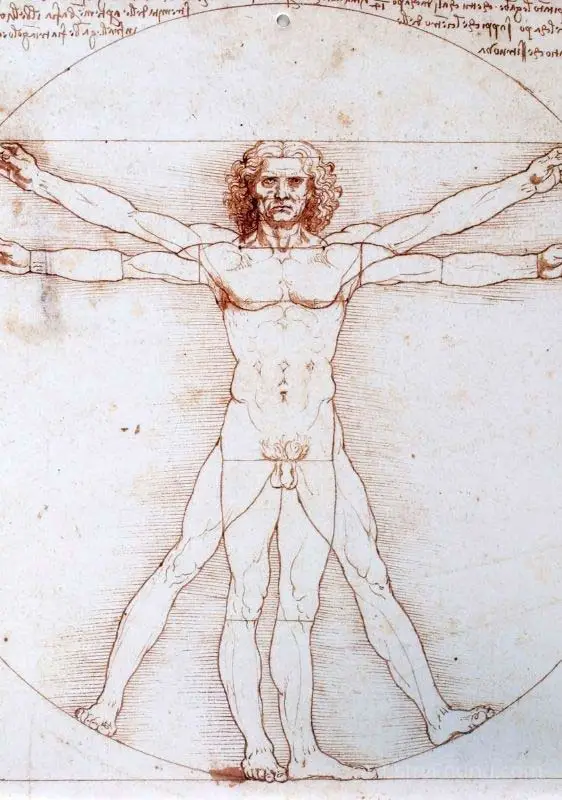
A symmetrical pattern refers to repeating the same thing in reverse to create perfect symmetry in an artwork. This implies that both sides of an image are the same, inverted, and separated by a centerline.
A symmetrical pattern is harmonious, aesthetically pleasing, and feels natural to the eyes, although it’s far from natural.
A perfect example of a symmetrical pattern in an artwork is Leonardo da Vinci’s proportion of a human. Cutting the human in half will reveal two similar images, inverted like one was reflected in a mirror.
2. Use the rule of thirds.
The rule of thirds is especially popular amongst photographers to highlight the main focus of a photograph in an interesting way. However, it doesn’t only work in photography; you can use the rule of thirds to focus a particular part of your painting or drawing.
The rule of thirds is simple. First, you’ll need to divide your canvas, paper, or whatever you’re using to draw into three equal sections, both vertically and horizontally.
The lines will intersect at four points. The rule of thirds suggests that the areas where these lines intersect are where observers of artwork will naturally focus, making them the best places to put the subject of your artwork.
If you observe the intersections, you’ll notice that the rule of thirds suggests placing the main focus of your artwork slightly off-center. This works best for horizontal paintings or photographs with a single focal point. Once you learn and truly understand the Rule of Thirds, you’ll be able to create a dynamic composition at the drop of a hat.
As with most composition rules, however, you can start creatively breaking them once you understand them, as we’ll see in the following two examples.
3. Center your subject.
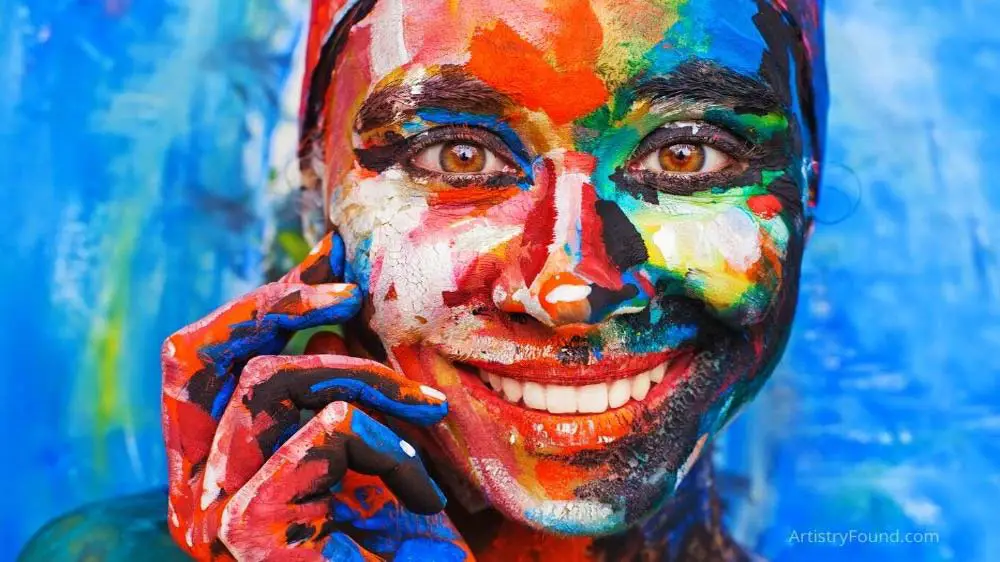
Centering your main subject may work for drawing attention to it, and following the rule of thirds may be a bad option in some cases. Depending on your level of expertise, you’ll generally get better at knowing when to center a subject or follow the rule of thirds religiously.
If the subject of your composition stands on its own without other elements that can draw the viewer’s attention, you can safely place it in the center while keeping it at the focus of attention.
Centering your subject adds visual weight. When a viewer sees your artwork, they naturally default to checking the center of the artwork as there is no other thing to see in the artwork than the subject itself.
Centering your subject also works when you’re making a square image. A square is equal on all sides, and putting your subject matter at the center of the image also puts it at the center of attraction.
4. Use Positive and Negative Space Effectively.

Positive Space in an artwork refers to the subject or central areas of interest in a composition. In contrast, Negative Space refers to the background and/or less important areas of an artwork.
In the image above, the area of the composition taken up by the ferris wheel is considered the “positive space,” while the empty sky in the rest of the frame would be the “negative space.”
By placing the main subject (positive space) over to the side and leaving a lot of negative space (the sky), the photographer created a powerful composition that makes it obvious to the viewer what is of most importance in the image.
Conclusion
Understanding the purpose of composition in art is probably the most important visual element to understand when it comes to creating dynamic, eye-catching art. You can use the information in this article to improve your understanding and use of composition in your own works of art.

